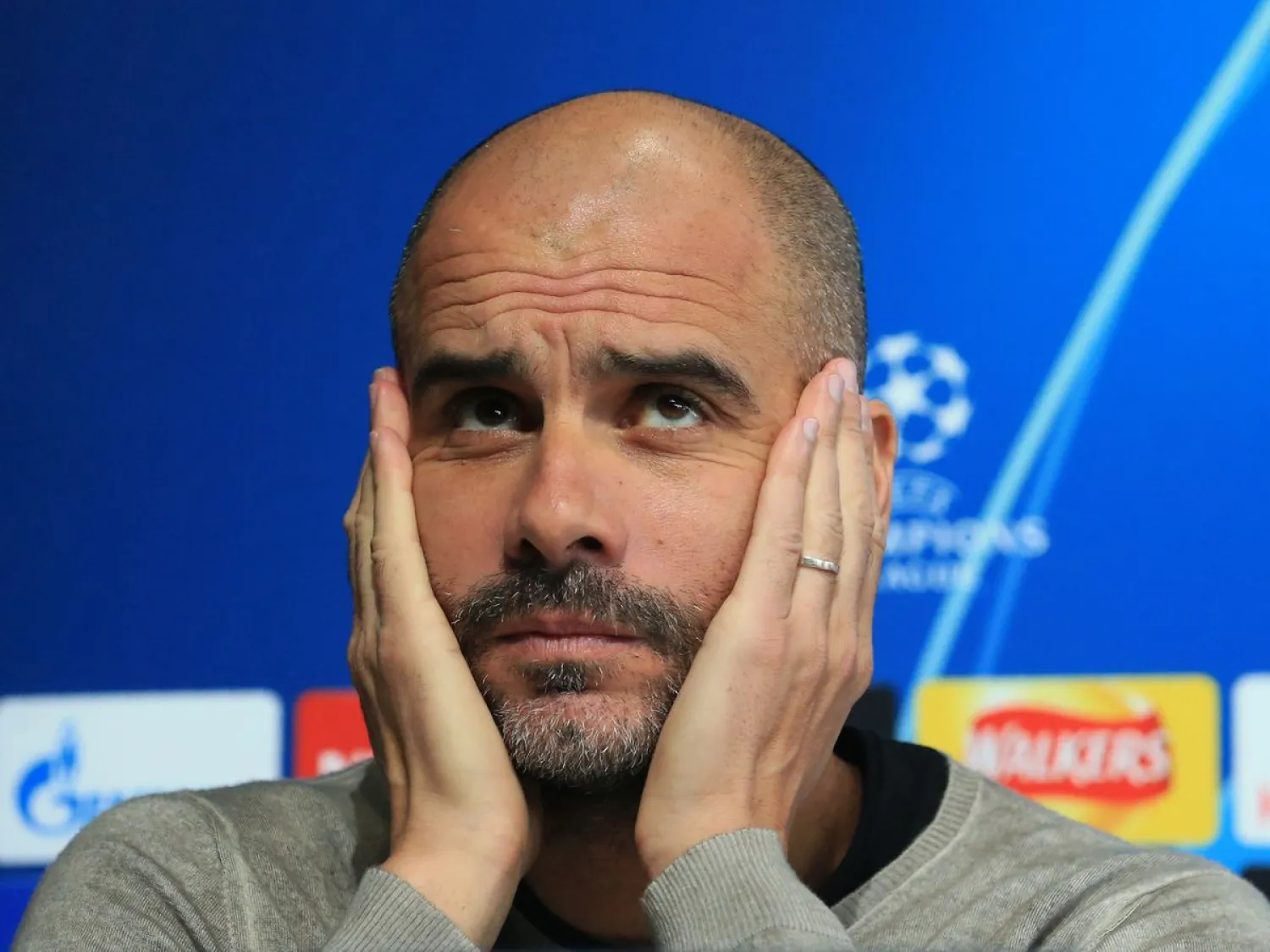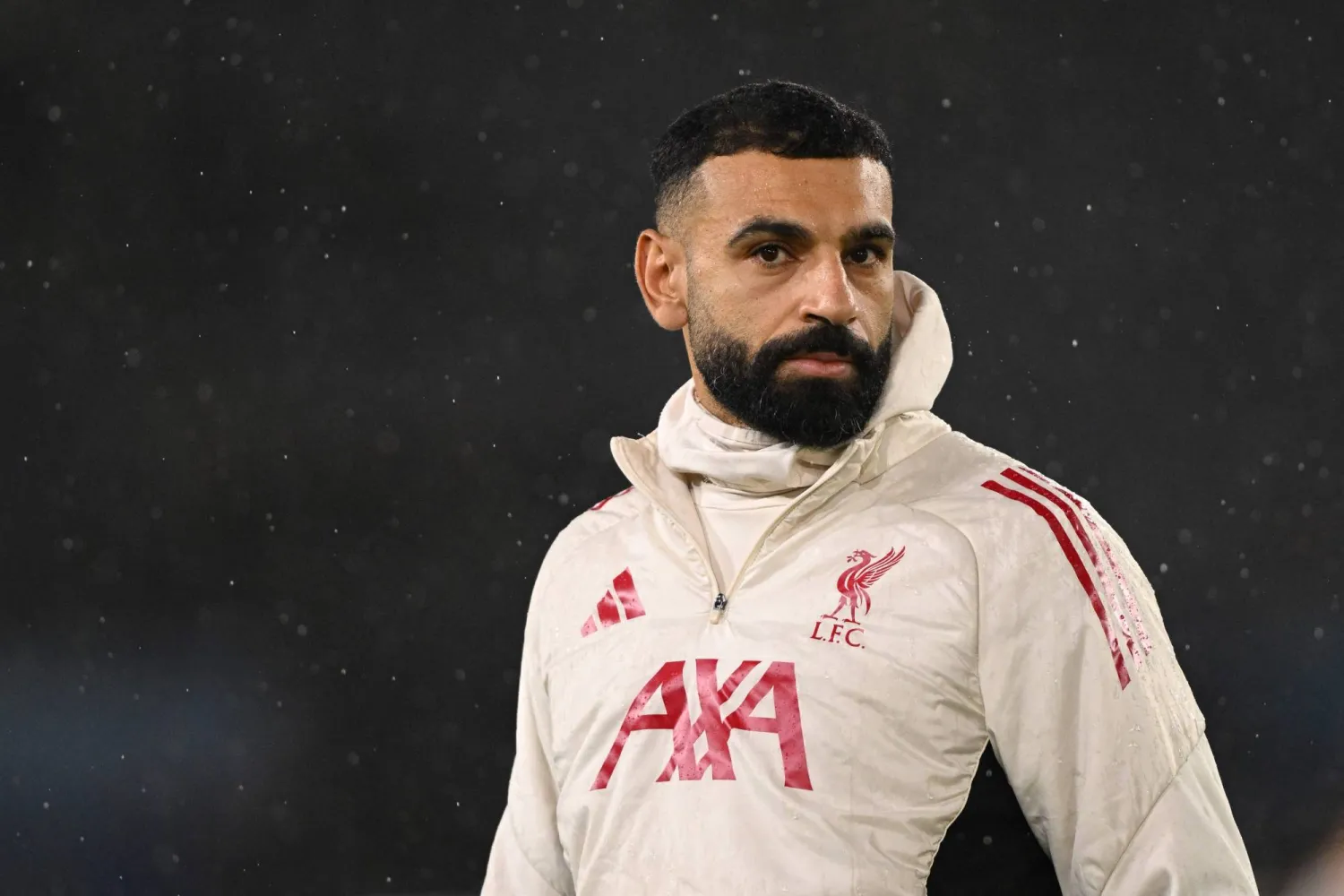Last month, Rochdale scored a brilliant goal against Southend, working the ball from front to back in 16 rapid passes. As is the way of things these days, clips circulating on social media have not merely celebrated the artistry and the technical mastery of the goal, the courage to attempt it, but have rapidly followed football’s equivalent of Godwin’s Law and degenerated into deeply tedious rows about Pep Guardiola.
To parse these as briefly as possible: somebody invents an army of straw men and tweets something like: “Who says Guardiola isn’t having an influence on English football?” To which the correct answer, you would think, would be hardly anybody. Except then the straw army comes to life and social media convokes its usual symposium of sneeriness as everybody shouts that people passed the ball before, you know, and that the bald fraud hasn’t won the Champions League since 2011. Somewhere along the way the point is lost that although Guardiola has, admittedly, only done it with hugely rich clubs packed with talented players (almost as though, being at the top of the game, he wants to work with the best), Brian Barry-Murphy is somehow doing it with Rochdale.
Guardiola has been at the forefront of a revolution. He approaches 11-a-side as others once treated five-a-side. The game becomes about passing and possession, about technical skill and the generation of space, rather than about power and physique and aerial duels. The football his sides have played has demonstrated what is possible, changing perceptions, and that, allied to the unprecedented imbalance in resources in the modern game, has led to possession in games being dominated by one side in a way that was never possible before. But Guardiola could do that because the conditions were right.
Football changed in 2008. In the 14 years before that, the knockout stages of the Champions League featured an average of three goals per game twice; in the 11 years since, it has been below three once. 2008 happens to be the year Guardiola became a manager and he is responsible in part for that upswing. But he is not fully responsible. He couldn’t have imposed his football in an era when pitches were frequently mudbaths or when sports science and understanding of nutrition were too limited for players to press at full tilt for 90 minutes.
From the 1990 World Cup onwards, the laws had been tweaked to make the game more open, abolishing the back-pass to the goalkeeper’s arms, cracking down on the tackle from behind and liberalizing offside. By 2008, all those factors were in place and the game was ready for a visionary to lead the revolution.
While the top end of the game concerns itself with trying to match or thwart Guardiola’s style, leading to the increasing prevalence and sophistication of gegen-pressing, the environment that encouraged Guardiola’s radicalism still exists and is leading to innovation at all levels. The most startling, perhaps, is Sheffield United and their overlapping center-backs.
The notion of central defenders stepping out from the back is not new and has had numerous iterations, from the Danubian center-halves of the 1930s through liberos such as Franz Beckenbauer and Gaetano Scirea to Louis van Gaal’s observation in the 90s that one of his central defenders had to be a playmaker because it was the only position on the pitch that was regularly afforded time.
Similarly, the idea that full‑backs should effectively function as midfielders, providing width and allowing a sudden injection of pace into a move with a burst from deep, has in effect become the orthodoxy. But blending those two trends as Chris Wilder has done is something startling.
United essentially set up with a 3-5-2 formation. The central of the three defenders, John Egan, is a fixed point but the defenders flanking him – Chris Basham and Jack O’Connell – have license to make long diagonal runs that carry them outside the wing-backs, George Baldock and Enda Stevens, who in turn can then cut in off the flanks. Cover is offered by a trio of technically accomplished midfielders, Oliver Norwood supported by John Lundstram and John Fleck or the summer signing Luke Freeman. They are not merely a shield, though: Norwood and Fleck registered 18 assists between them last season.
The idea seems initially to have sprung from the mind of Wilder’s assistant, Alan Knill, who had hitherto perhaps been best known for having narrowly avoided serious injury after his bike collided with a squirrel when he was manager of Scunthorpe.
In League One in 2016-17, the Blades often came up against sides who packed players behind the ball against them. As the defenders had little defending to do it made sense for them, Knill reasoned, rather than being redundant, to be used to provide an overload. At the same time, having mobile center-backs makes it relatively straightforward to slip into 4-4-2 in the defensive phase if a wing-back is called out to shut down an attack from the flank.
There were teething problems, notably in a 4-1 defeat at Walsall, but the system was tweaked to prevent it becoming too open and it worked – at least in part because opponents, in looking to track a surge from an opposing central defender, ended up with no players upfield to spring a counter.
There will be further modifications. The central midfield has been notably more circumspect this season than last. Bournemouth’s 3-4-3 on the opening weekend restricted the movement of United’s center-backs, which may offer a clue as to how to combat them.
But the broader point is that Wilder and Knill’s solution to the issue of a massed defense would not in the past have been possible. Football is quicker than ever and yet it has become increasingly a game less of power than of strategy. The environment that emboldened Guardiola to seek an approach based almost entirely on positional control similarly inspired Wilder and Knill to redeploy their pieces.
Has Guardiola changed football? Yes, but football was ripe for the changing.
The Guardian Sport









